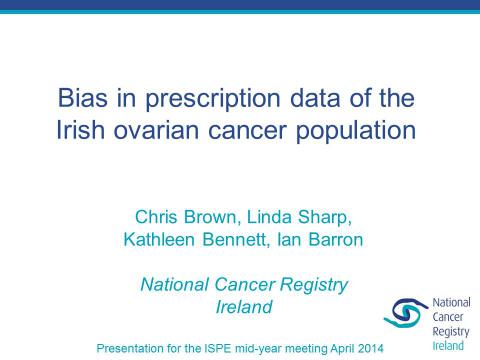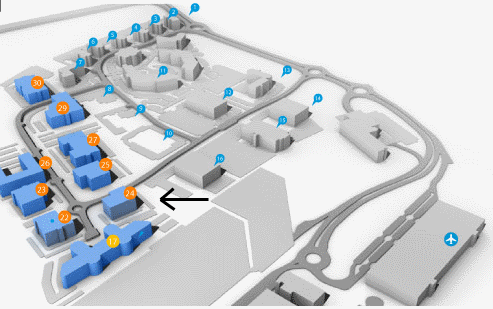Current Size: 100%
Bias in prescription data of the Irish ovarian cancer population.
Error message
The text size have not been saved, because your browser do not accept cookies.Background: Ireland has a mixed public-private healthcare system. Free healthcare within the public system is restricted to holders of general medical services (GMS) cards, eligibility for which is based on means-test and age. Cards may also be awarded on discretionary grounds due to extreme hardship (e.g. following cancer diagnosis). One-third of the female population under 70 have a card, and 97% of those aged 70 and older. Community prescribing data is only recorded systematically for card-holders. This restriction likely creates selection bias in pharmacoepidemiological studies conducted in RoI. This study aimed to quantify this bias within women with incident ovarian cancer.
Methods: Records for all women diagnosed with invasive ovarian cancer (ICD10 C56) 2001-2010 were linked to GMS card records. Characteristics of patients with and without cards (both at diagnosis, and after diagnosis) were compared. Health board of residence, deprivation category, age group at diagnosis, smoking status at diagnosis, employment and marital status were evaluated using logistic regression.
Results: Of the 3097 women diagnosed with ovarian cancer 1609 (52%) had a GMS card at the time of diagnosis. Most women with cards (92%) had them for at least >12months prior to diagnosis. As expected, age >70 strongly predicts card status (card holders, <70: 32%; 70+, 89%). Within the younger population (<70), all factors evaluated were associated (independently and mutually adjusted) with card status at diagnosis (e.g. adjusted OR smoking 1.23 , 95% CI 1.01, 1.59). Of the women without cards at diagnosis, 54% go on to receive one post-diagnosis, half of these within 3 months.
Conclusion: Medical card coverage at diagnosis within the ovarian cancer population is similar to the general population. Half of patients without a card at diagnosis receive one subsequently. There is selection bias in linked cancer-prescribing datasets which needs to be considered when interpreting pharamcoepidemiological analyses.






